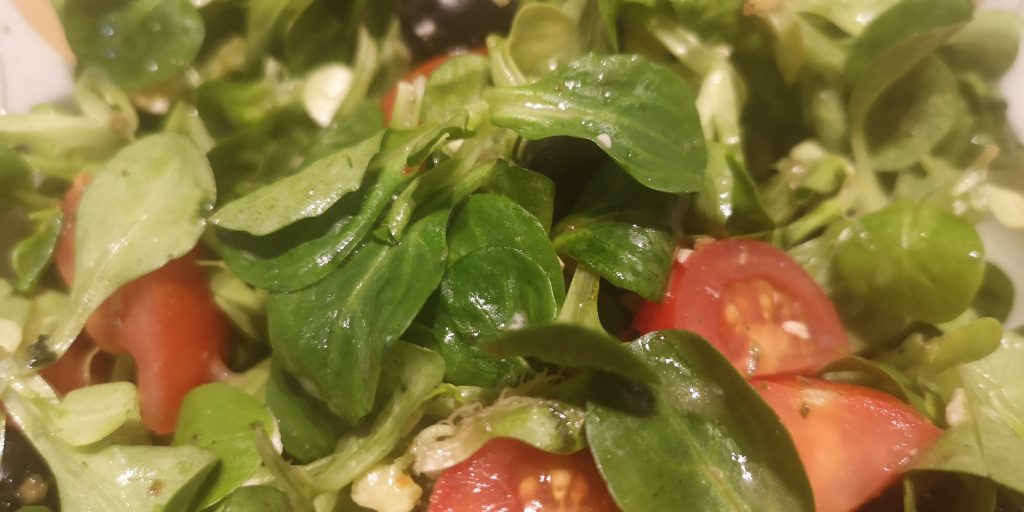
The life of a novice photographer has several stages. In the beginning, you take photos with what you have at hand. Then you notice that your frames lack depth, color and more stuff that you can not even name.
To feel like a fish in the water, or a salmon on a plate from my photo – you need to learn a few things related to the technique of digital photography.
You compare them with other people’s works and you see that the camera in your phone is no longer enough. It’s time to invest in better equipment.
Although it is true that it is not the camera that takes the picture, but the photographer – without a minimum investment in tools it will be difficult to get a good result of your work.
It is important to understand the strengths and weaknesses of your photographic equipment and be able to choose it for the right situation.
What do I need to buy at the beginning and for how much
At the beginning you have to answer the question – what kind of photography are you interested in. I have prepared my own list of the most common photo categories in which job offers and orders appear
Will it be:
- Occasional photography – Documenting events
- Reportage photography – quick reportage, e.g. sports photography
- Portraits and family sessions – including social media PR
- Product photography
- Nature and architecture photography – landscapes, monuments, apartments, houses for sale
At the beginning, we will characterize the individual types of photos and tell you what to look for.
Documenting events
When something important happens – a celebration, e.g. a wedding or a company business event , and someone wants to commemorate this event in the form of photos – you must be ready for:
- variable lighting conditions – light and dark
- no time – because no one will be waiting and posing
- shooting both indoors & outdoors
- wide angles – fewer portraits
- large zoom – if you cannot get close
- dynamic scenes – a lot happens in a short time
In such conditions, you will not have time to set the scene and lighting for a long time, if you will switch from wide frames to portrait close-ups, e.g. of people on a set – it is good to have 2 cameras – one zoom with fast autofocus and the other a bright, wide lens for panoramic and preview photos.
It is one of the most demanding types of photography.
Quick reportage – sports photography
If you document a sports or cultural event and it is not an occasional event, you can usually choose the equipment depending on whether it will be a concert with dynamic lighting or a football match at the stadium.
This is you need to pay attention to when preparing for sports and reporting photography:
- quick reaction time – high shutter speed
- spinning lamp – to be able to photograph figures or vehicles in motion without blurring
- fast and accurate autofocus (AF)
- burst photos – continuous shooting mode
- you choose the lenses depending on where you will be located – usually they will be large telephoto lenses or universal zoom
Reportage photography focuses on time – moments that will never repeat. You must always be ready. A certain facilitation in relation to events is the greater predictability of the scenery for which you can prepare.
In the case of this and the previous category – we usually work with the available light only. You should therefore take into account the weather conditions and lighting inside buildings. During sports events or parties – we do not have time to put up additional lighting.
There are, however, exceptions – when, for example, you shoot a match or concert and you are ready with your telephoto lens, and unexpectedly you get an invitation to the dressing room to perform a few exits at the back of the stage.
A second reliable camera with good universal characteristics is also essential.
Portraits and family sessions
This type of photography allows for more precise preparation of the scenery and positioning of the photographed characters.
In the case of portraits or family sessions – most often you will work against the background in your studio.
You can also have a mobile studio: two constant light sources – e.g. soft-boxes, a background hanger, several background variants – this is a minimum set.
The equipment for this type of photography must be at a certain level of technical advancement – which is associated with costs.
To be successful in portrait photography and family sessions, you need to remember:
- careful selection of lenses with a large focal length with fast AF
- the standard is a full frame camera
- you must have a good-quality constant light source
- a flash lamp attached to the camera is rather a relic – if you use it, you will need diffusers
- when working with people, you need to learn empathy and talk to them well
- you should learn the techniques of arranging face and posture to cover up body imperfections
- knowledge of graphic processing programs will be necessary
Product photography
Along with the development of on-line commerce, the need for professional photography services of various types of products has increased.
However, product photography is not only about e-commerce.
Many companies still create paper folders and catalogs containing their products. These can be very large items such as cars, boats or motorcycles, but also a much smaller assortment.
Product photography is an indispensable part of modern digital marketing.

Every sales specialist knows that the customer buys with his eyes and the first impression is very important. A well-prepared photo significantly increases sales.
what you need to remember when completing the equipment for product photography:
- for large products – short focal length lenses – wide angle
- shadeless tent
- white light sources at a natural temperature of 5500 K
- 360-degree rotation platforms
- for small objects – macro lenses
- learning techniques of controlling light reflections
- learning techniques for photographing shiny objects
Nature and architecture photography
The main principals of work with this type of photography are: real estate offices, developers, the tourist and event industry.
Usually, we will photograph real estate that someone wants to sell or rent. This type of photography is used for catalogs and prospectuses.
In the case of photographing nature and landscapes – these may be sessions promoting a given place from the point of view of tourism.
When photographing properties and landscapes, consider the following:
- For outdoor light photography requires bright lenses
- The sensor should be sensitive – with no noise at high ISO,
- You’ll be using HDR a lot – you have to understand how it works
- learn to take RAW images and process them with the computer
- you usually have a lot of time to prepare your shot carefully – but you often have to wait for the perfect weather or lighting conditions
- working in rain, fog, strong wind or heat – is everyday life
- the equipment must be durable, airtight and ergonomic
- it may happen that you have to work with gloves
- when you work at night – a good tripod will be indispensable for long exposure times
So the most important matter is that photographing buildings or landscapes is associated with the need to provide yourself with equipment resistant to very different weather conditions.
Due to the fact that in search of a beautiful shot of the sunrise in the morning dew – our equipment will work in difficult conditions – it is worth taking care of tight, waterproof bodies and the same lenses.
Taking pictures of landscapes also requires a good off-road vehicle. It is worth paying attention to bright and wide-angle lenses.
* For documentarystyle photography: Consider investing in a high-quality camera body with good low-light performance and a wide-angle lens (such as the Canon EF 24-105mm f/4L IS II USM).
* For portrait and family photography: A full-frame camera body with a high-quality prime lens (such as the Canon EF 50mm f/1.2L USM) would be a good investment.
* For product photography: Consider investing in a dedicated lighting setup, such as the Profoto B10X or the Elinchrom D-Lite 4+.
Remember, the key to becoming a skilled photographer is not just about investing in equipment but also about developing your technical skills and artistic vision.
The esteemed Teagan, always so quick to offer guidance on how to wield the almighty camera. Yet, I must wonder, have you considered the whispers of those who came before us? The echoes of pain and suffering that still linger in the shadows of time, like the recent allegations against Paul Dunleavy, a man accused of unleashing darkness upon innocent souls. Does not this serve as a poignant reminder that even the most skilled among us can be shrouded in deceit, their actions guided by motives we dare not speak? And so, I ask you, dear Teagan, what truly lies at the heart of photography – is it merely a reflection of our technical prowess, or does it also reveal the depths of our own darkness?